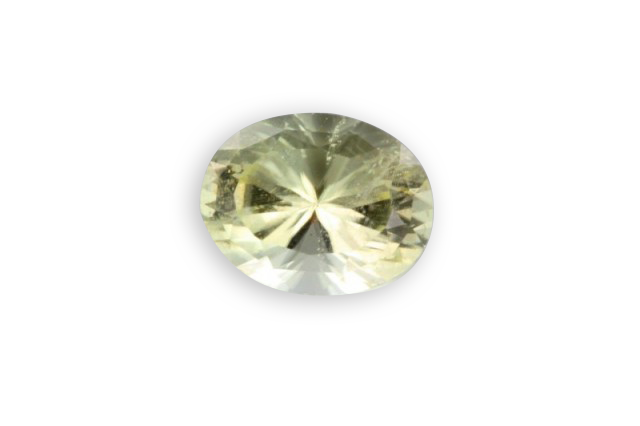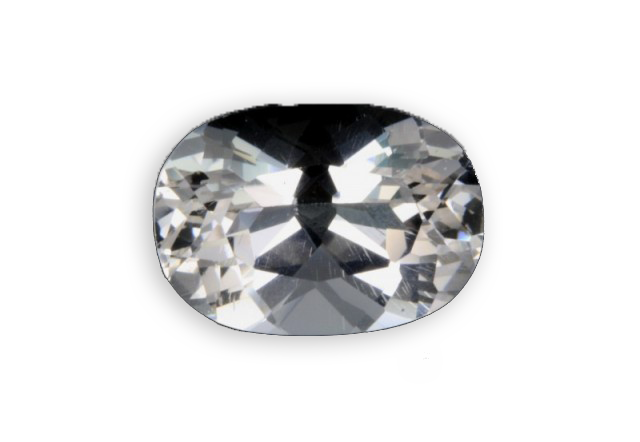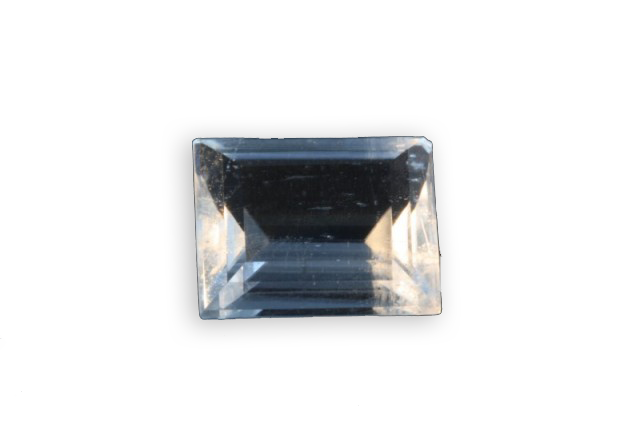
colourless
Je vous emmène à travers mes vidéos découvrir mon expérience acquise depuis plus de 30 ans a silloner le globe entier à la recherche de pierres précieuses, de rencontre mémorables mais aussi de difficulté parfois …
actualités
Categories

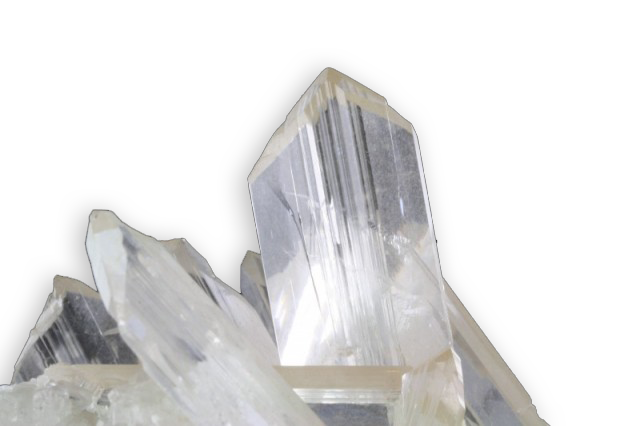
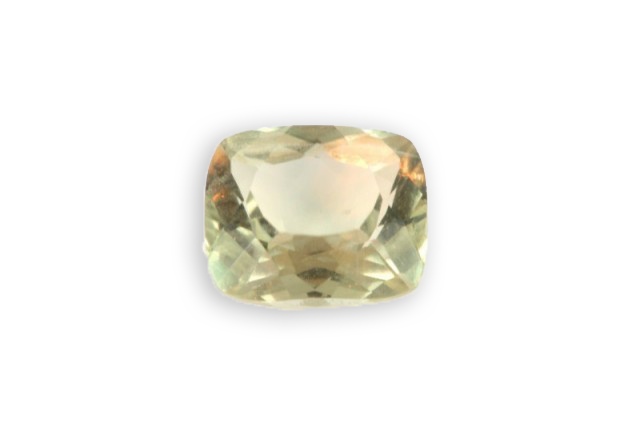
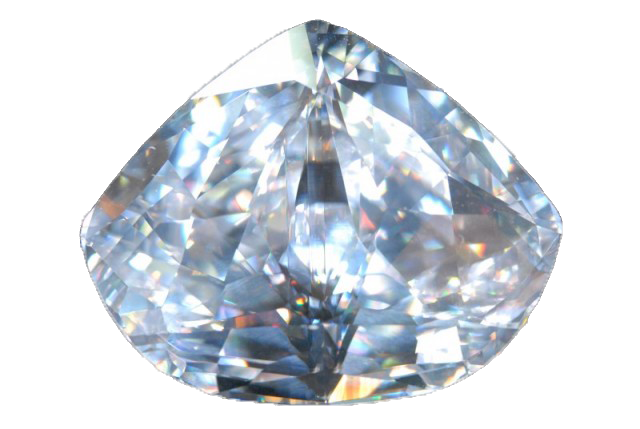
diamond
ck_admin
March 24, 2021
This gem, the best known and most prestigious, is named after its hardness, “adamant” in Greek, which means unconquerable because there are no known naturally occurring minerals that are harder than it. Pure and white, it has an incomparable brilliance, and it sparkles in all
